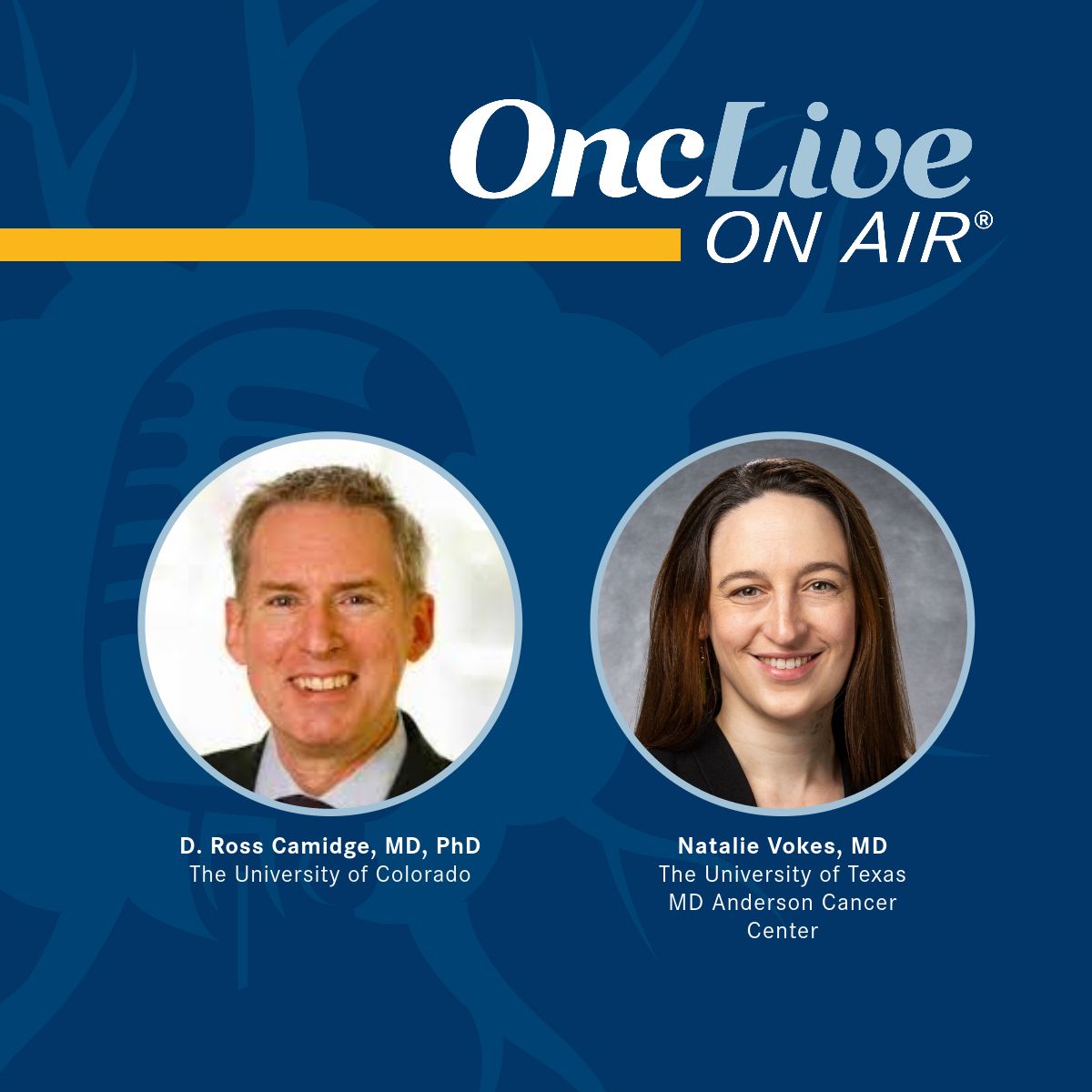Commentary
Video
Dr Mastroyannis on the Administration and Utility of HIPEC in Ovarian Cancer
Author(s):
S. Alex Mastroyannis, MD, MSCE, discusses the administration and role of hyperthermic intraperitoneal chemotherapy in ovarian cancer, as well as its benefit for patients in the phase 3 OVHIPEC-1 trial.
S. Alex Mastroyannis, MD, MSCE, assistant professor, Department of Ob/Gyn-Gynecologic Oncology, University of Colorado School of Medicine, gynecologic oncologist, University of Colorado Cancer Center - Anschutz Medical Campus, discusses the administration and role of hyperthermic intraperitoneal chemotherapy (HIPEC) in ovarian cancer, as well as its benefit for patients as seen in the phase 3 OVHIPEC-1 trial (NCT00426257).
HIPEC is a procedure performed during ovarian cancer surgeries, Mastroyannis begins. After removing visible cancer, cisplatin chemotherapy that has been heated to approximately 40°C is administered into the abdomen, which is then closed, Mastroyannis explains. HIPEC is then circulated within the abdomen for 90 minutes, ensuring the peritoneal cavity is exposed to the treatment, he details. Overall, the procedure adds approximately 2 hours to surgery with the goal of targeting any remaining cancer cells and has shown potential benefits in treating patients with ovarian cancer, Mastroyannis says.
The addition of HIPEC to interval cytoreductive surgery in patients with stage III epithelial ovarian cancer was evaluated in the multicenter, open-label, OVHIPEC-1 trial, Mastroyannis reports. In this trial, patients were assigned to receive interval cytoreductive surgery alone, or with HIPEC plus cisplatin. Results showed that the addition of HIPEC to interval cytoreductive surgery increased both recurrence-free survival (RFS) and overall survival (OS) compared with surgery alone without increasing toxicity, he states. Notably, the median OS was 11.8 monthslonger, and median RFS improved by 11.8 months with the HIPEC approach vs surgery alone.
Overall, HIPEC is a 2-hour surgical intervention that can extend patients' lives by nearly a year, Mastroyannis emphasizes. Mastroyannis and his colleagues perform this technique at the University of Colorado Cancer Center, where it has provided substantial benefit to patients.









